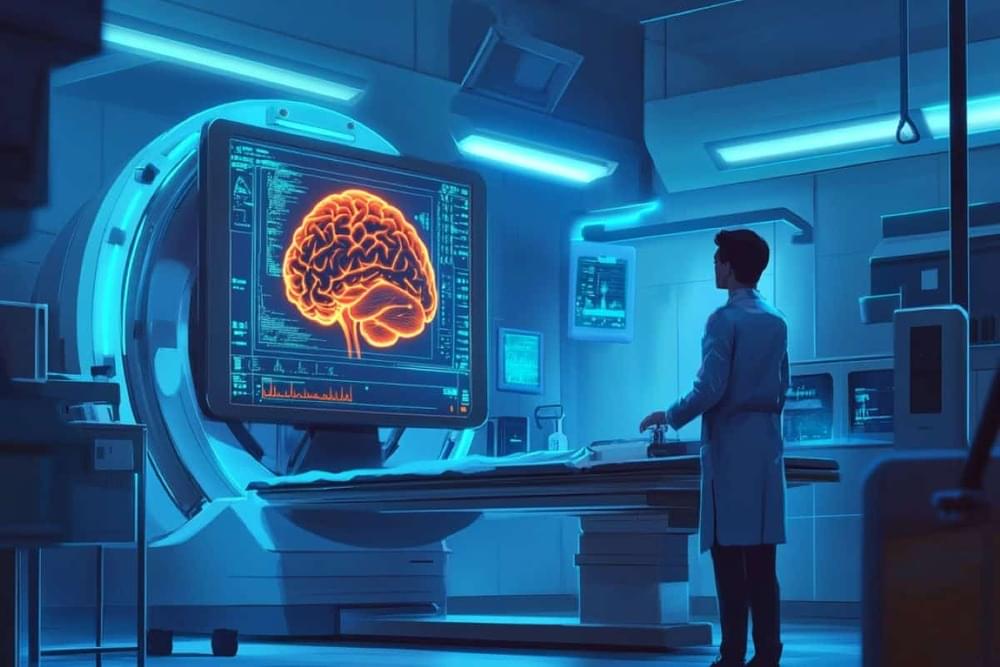Originally published on Towards AI.
When it comes to artificial intelligence (AI), opinions run the gamut. Some see AI as a miraculous tool that could revolutionize every aspect of our lives, while others fear it as a force that could upend society and replace human ingenuity. Among these diverse perspectives lies a growing fascination with the cognitive abilities of AI: Can machines truly “understand” us? Recent research suggests that advanced language models like ChatGPT-4 may be more socially perceptive than we imagined.
A recent study published in Proceedings of the National Academy of Sciences (PNAS) reveals that advanced language models can now match a six-year-old child’s performance in theory of mind (ToM) tasks, challenging our assumptions about machine intelligence.





